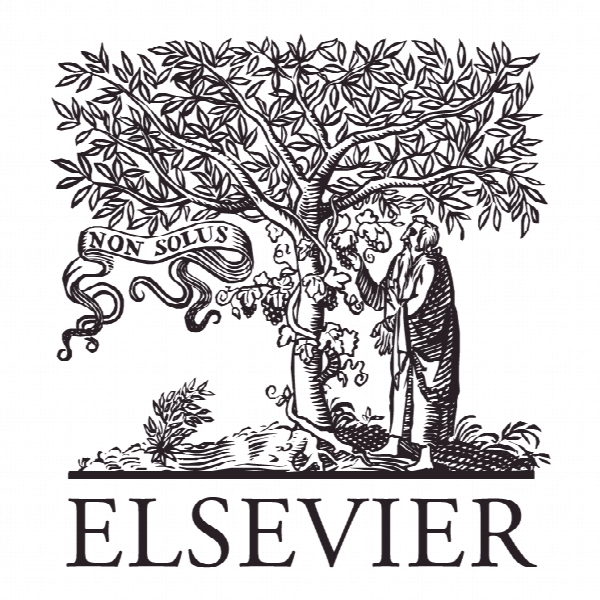طرح بندی برای مزارع انرژی موج اقیانوس: مدل ها، خواص، و بهینه سازی Layouts for Ocean Wave Energy Farms: Models, Properties, and Optimization
- نوع فایل : کتاب
- زبان : انگلیسی
- ناشر : Elsevier
- چاپ و سال / کشور: 2017
توضیحات
رشته های مرتبط مهندسی انرژی
گرایش های مرتبط انرژی های تجدید پذیر
مجله امگا – Omega
دانشگاه گروه مهندسی صنایع و سیستم، Lehig، ایالات متحده
نشریه نشریه الزویر
گرایش های مرتبط انرژی های تجدید پذیر
مجله امگا – Omega
دانشگاه گروه مهندسی صنایع و سیستم، Lehig، ایالات متحده
نشریه نشریه الزویر
Description
1 Introduction We study optimization models and algorithms for the problem of finding an optimal configuration for an array of wave energy converter (WEC) devices. Ocean wave energy represents a large untapped source of energy in the world and potentially offers a vast source of sustainable energy (Surrey and Page 1974, Wei et al. 2015). According to the Electric Power Research Institute (EPRI 2011), the total potential wave energy resource along the U.S. continental shelf edge is estimated to be 1,170 TWh per year, which is almost one third of the annual electricity consumption in the U.S. This energy resource has the advantage of being in close proximity to the coastal load centers in the U.S., which makes the transmission of the generated energy more efficient than, say, wind farms located in the geographical center of the country. Moreover, wave energy is more predictable and stable than wind and solar energy. For a summary of emerging WEC technologies, see, e.g., Kishore et al. (2013), Lopez and Iglesias ´ (2014). In the present work, we study the problem of determining the optimal layout of multiple WECs in an array, known as a wave farm. A wave farm’s configuration or layout can have a significant effect on the power output of the farm, depending on the nature of the interference (constructive or destructive) among the incident ocean waves and the scattered and radiated waves produced by the WECs. In the interactions between waves and WECs or other rigid bodies, there are three types of waves (Mei 1989): Incident waves represent disturbances due to natural forces and occur whether or not the body is present; in other words, they are the incoming ocean waves. Scattered waves correspond to the collision and dispersion of incident waves with a fixed body; they represent the way in which incoming waves are deformed by the body. Finally, the motion of the body itself produces radiated waves, similar to the circular waves produced by a stone dropped into a lake. (The same three types of waves are relevant for electromagnetic waves.) When the incident wave hits a WEC, therefore, it produces scattered and radiated waves that interact with each other and with the incident wave. Downstream WECs experience the combined wave and, in turn, produce their own scattered and radiated waves. We would like all of the WECs to be located at points of constructive interference so that they all experience waves whose amplitudes are as large as possible, thus maximizing the power produced. Unfortunately, the layout problem is complex, since the mathematical model of the hydrodynamic interactions is nonconvex and computationally expensive, and since the objective function is non separable, i.e., the power at a given WEC depends on the locations of all the other WECs.


